-
Posts
3,078 -
Joined
-
Last visited
-
Days Won
5
Content Type
Profiles
Forums
Blogs
Gallery
Events
Store
Posts posted by The Prussian
-
-
-
Hello!
Just recieved!!!!!!Handwritten with Ldw.Inf.Rgt.13, Stamp from "Lernkompagnie des Sturmbataillon 7" (Learning-companie)
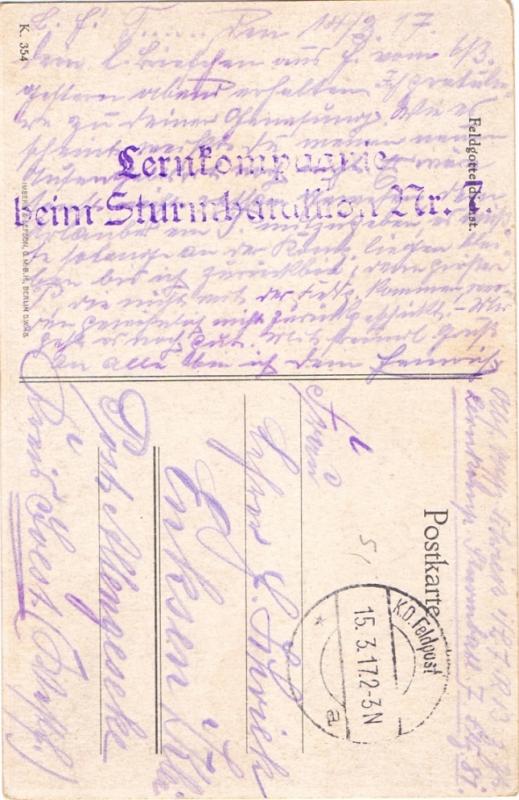 0
0 -
Hi Tony. I have found infos, that the bavarians were engaged in Bapaume. I will check it after work
0 -
Sory, that i couldn´t help better, but the german recordings started i 1914 on regimental level, and ended in 1918 on army-corps level. The only chance would be to check the regimental histories.
Maybe this one could help you:
http://nzetc.victoria.ac.nz/tm/scholarly/tei-WH1-NZRi-t1-body-d14-d4.html
0 -
I have an ordre of battle for the Battle of Monchy-Bapaume
The 183rd ID (only fighting troops)
33.Res.Inf.Brig.(Inf.Rgt.184 ; Inf.Rgt.418 ; Res.Rgt.440), 4./Hus.Rgt.10, Arko 183 (Feldart.Rgt.183 and Fußart.Btl.150)
4.bav.Inf.Div. (only fighting troops)
7.bav.Inf.Brig. (5.bav. and 9.bav.Inf.Rgt, bav.Res.Rgt.5), 5./3.bav.Chev.Rgt., Inf.Gesch.Bttr.33, bav.Arko 4 (2.bav.Feldart.Rgt. and II./4.bav.Fußart.Rgt.)
0 -
Ah, ok.But the map shows the battles until november!
The 18.Res.Div. was participated in:
5.8.-6.9. Ypern-La Bassée (6th army)
3.9.-26.9. Siegfriedfront (17th army)
8.9.-8.10. Cambrai-St.Quentin (17th army)
9.10.-23.10. Hermannstallung (17th army)
23.10.-4.11. Hermannstellung (2nd army)
5.-11.11. Antwerpen-Maas (2nd army)
So the map shows for the 18th division the time of 8.9.-8.10.
0 -
Hello!
Latin numbers (XIV) are always corps. So we have the XIV. Res.Korps with the 18th Res.Div.
The battel was caled "The battle of Monchy-Bapaume" (21.8.-2.9.1918)
The problem is: The 18th Res.Div. was not involved in that battle...
I have checked the map of the Reichsarchiv vol.14. (the map from 9.-15.august 1918)
17.Army:
XIV.Army corps with:
183.ID west of Puisieux
16.Res.Div. west of Grandcourt
3.Marine Div. near Ovillers
233.ID north of Albert
From which volume did you take your map?
0 -
Well,thanks for the Spitfire link. I will try to get some. The tank is not behind glass, but you can't get inside. There are some McDonalds plastic cups upon it... Behind the tank is the Tanks cafe, where you can get a nice english breakfast.
0 -
No, "we" are just a friend of mine and his wife. She was born in Ebngland, so sometimes they take a trip over there. This time I joined the voyage, so we drove to Ashford and Dover and had later "a few drinks
 " in Deal, where our hotel is.
" in Deal, where our hotel is.Here two photos of the pub and the hotel (same owner - very recommendable!!!) and two posters I found in the discrimination-place (smokers area backside...)
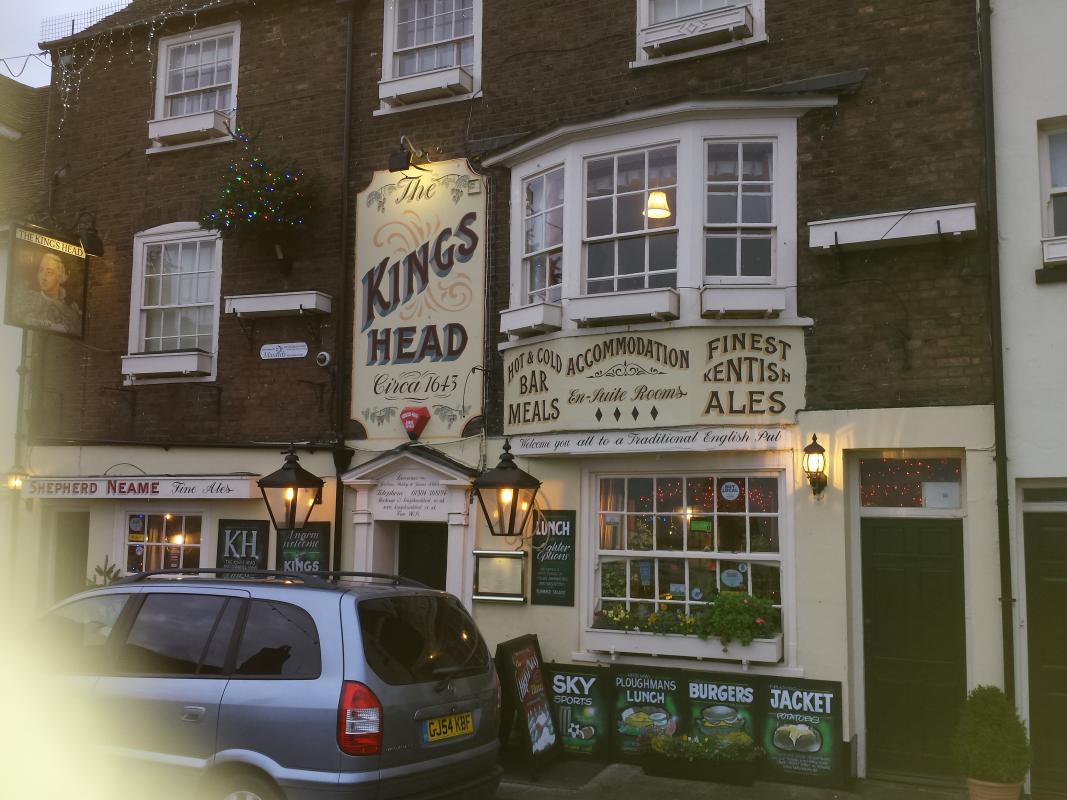
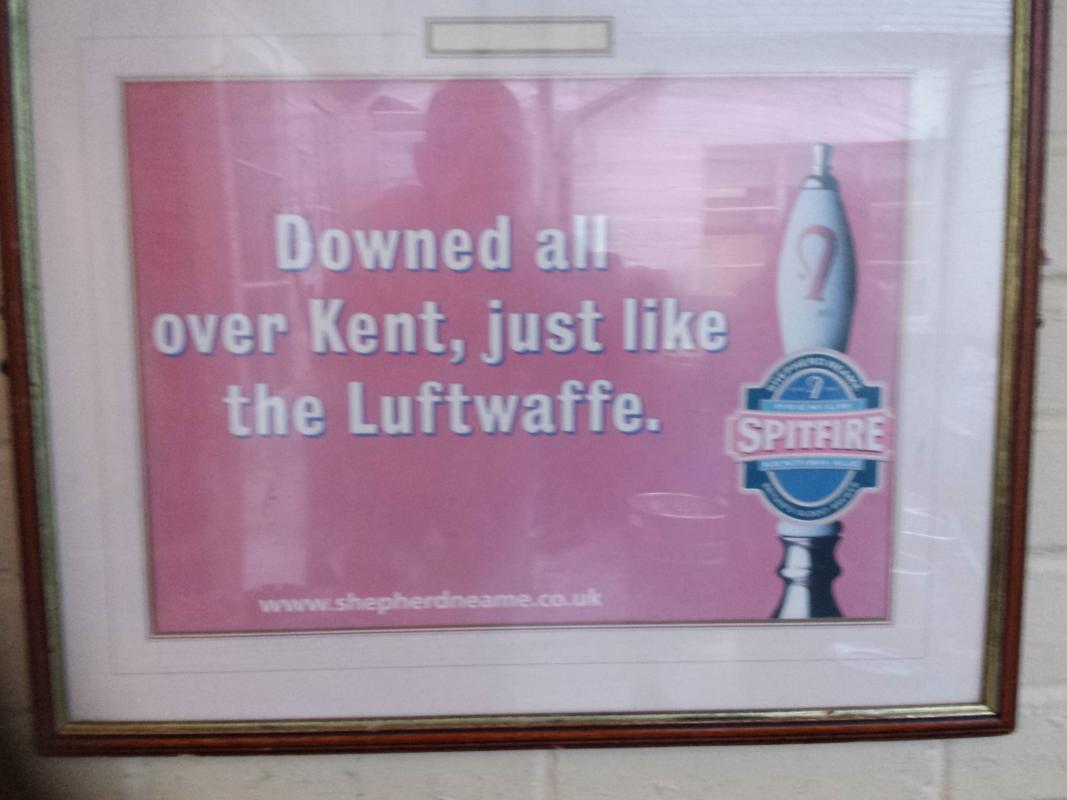
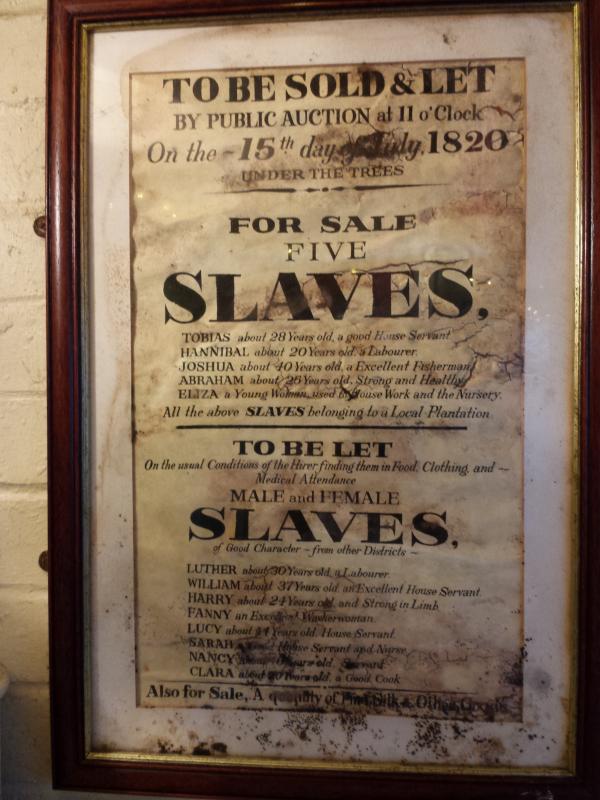
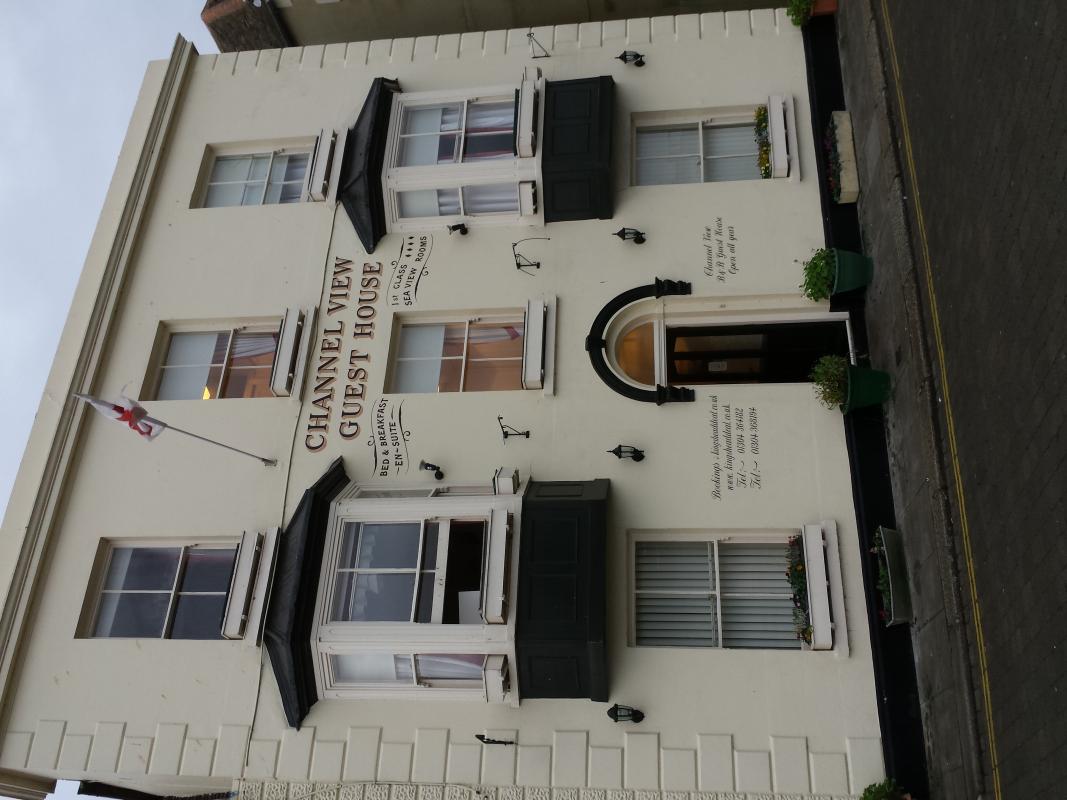 0
0 -
Last weekend I took a trip in the UK.
We stopped in Ashford/Kent, where we could see this nice Mk IV.
We also could visit Dover Castle and had a nice night in a local pub in Deal/Kent
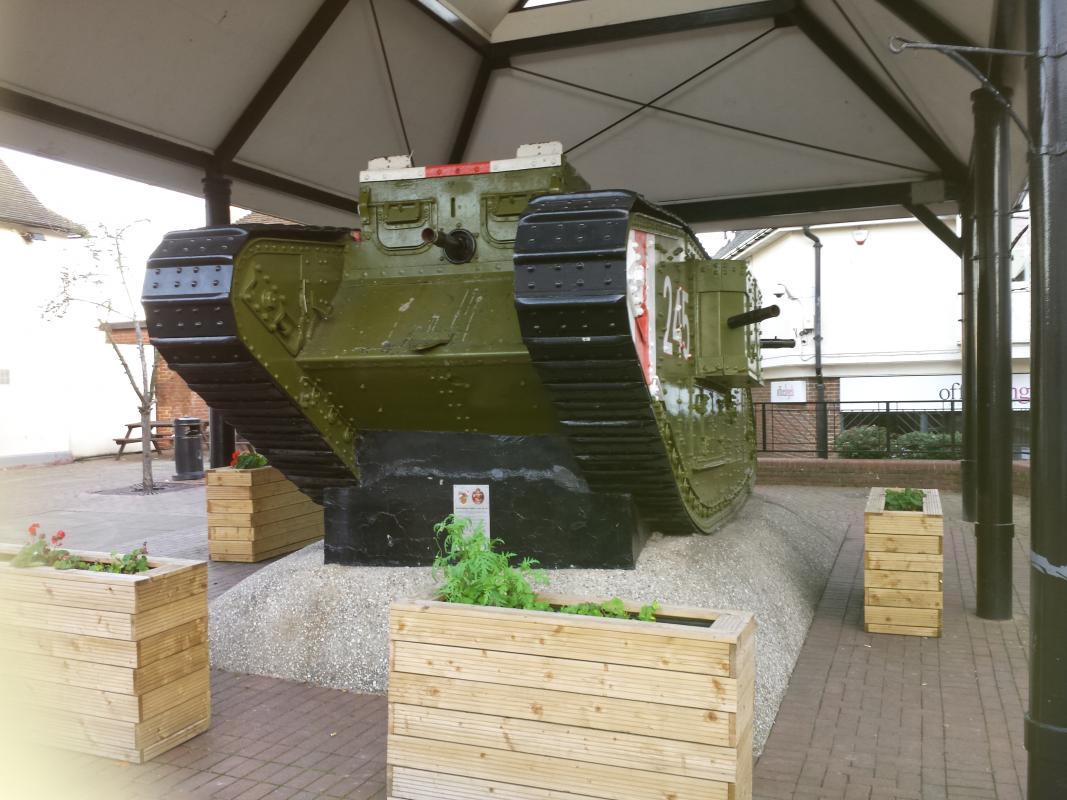
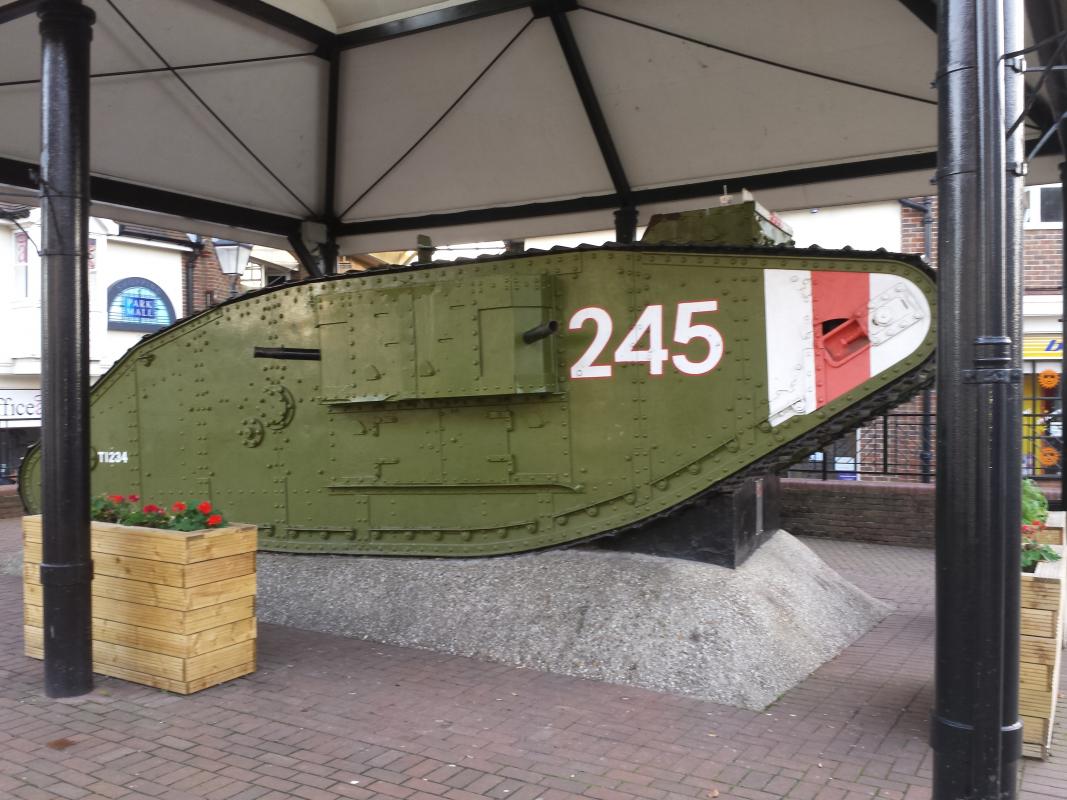
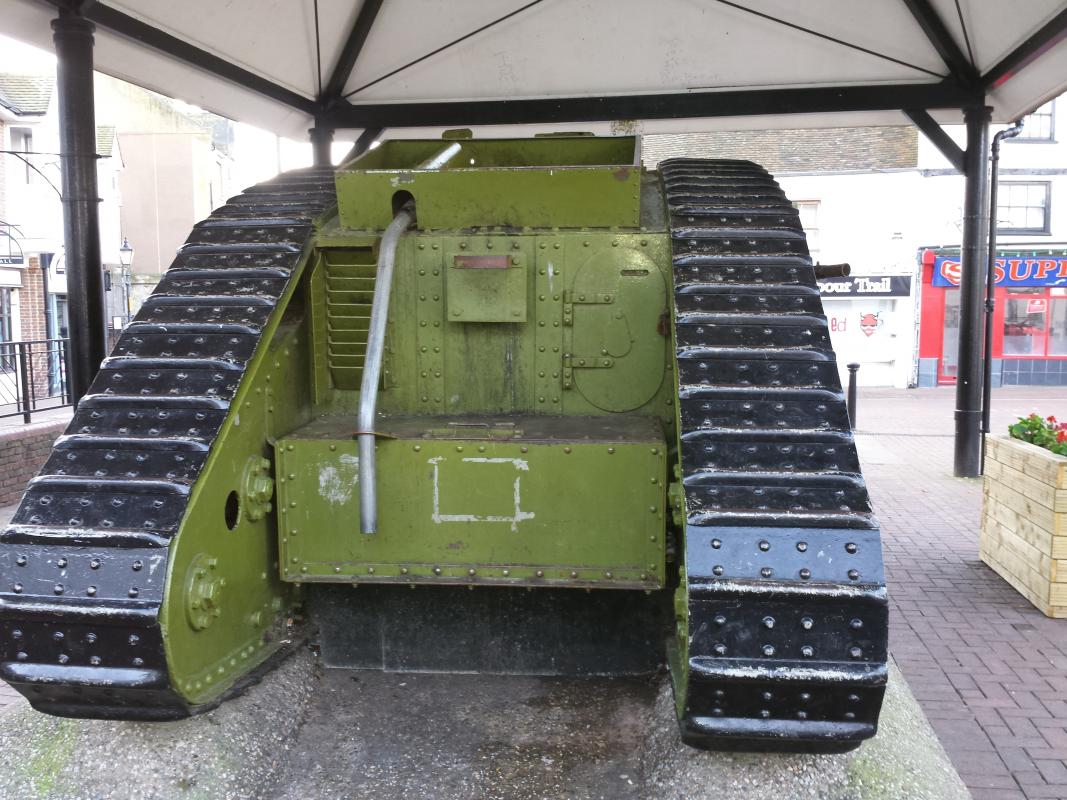

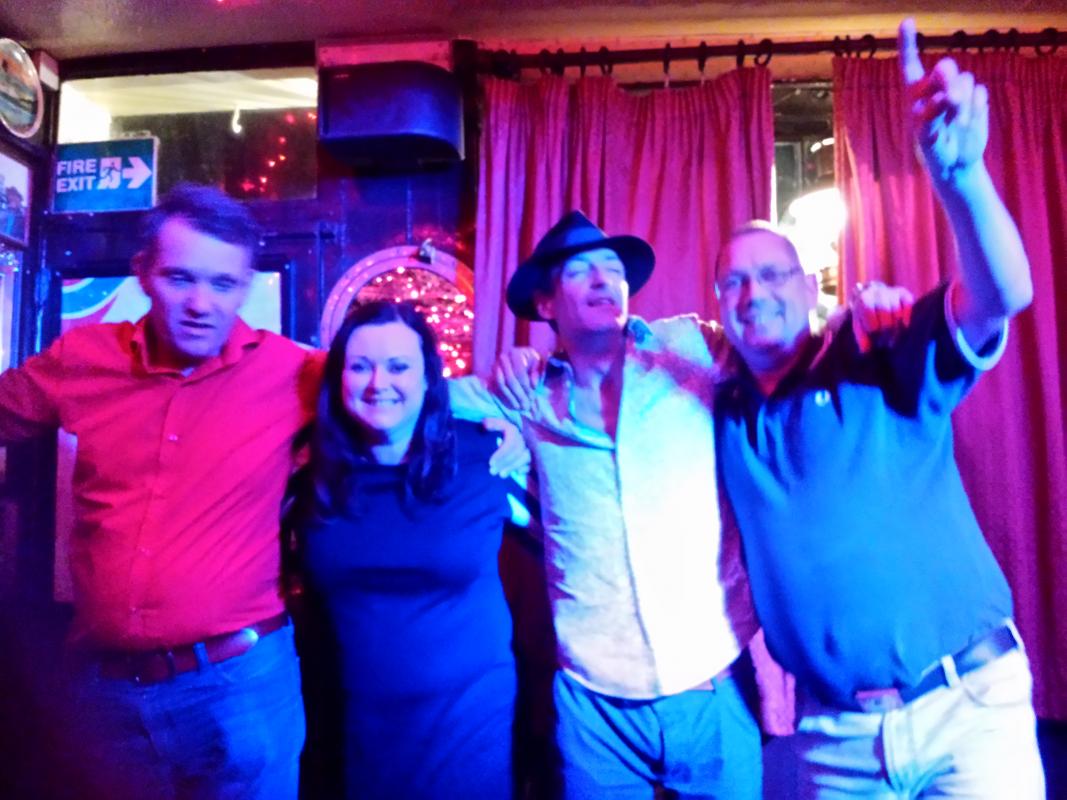
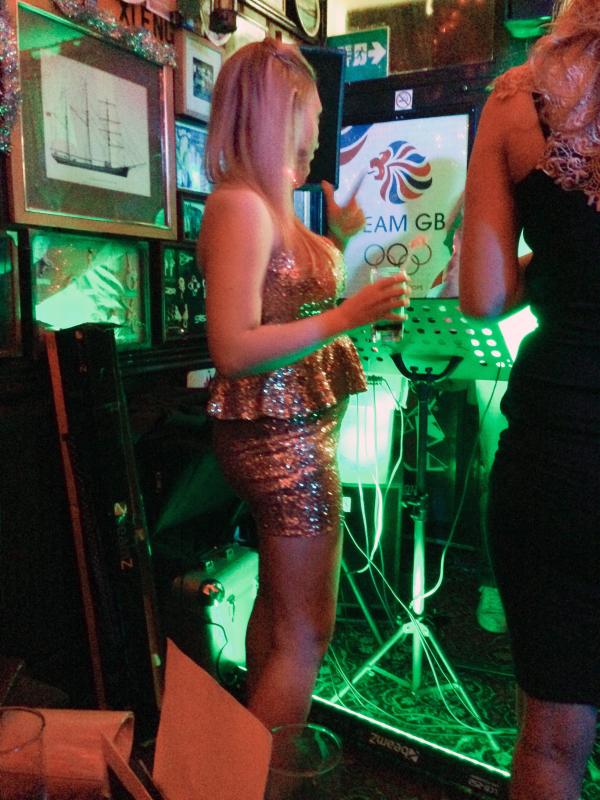
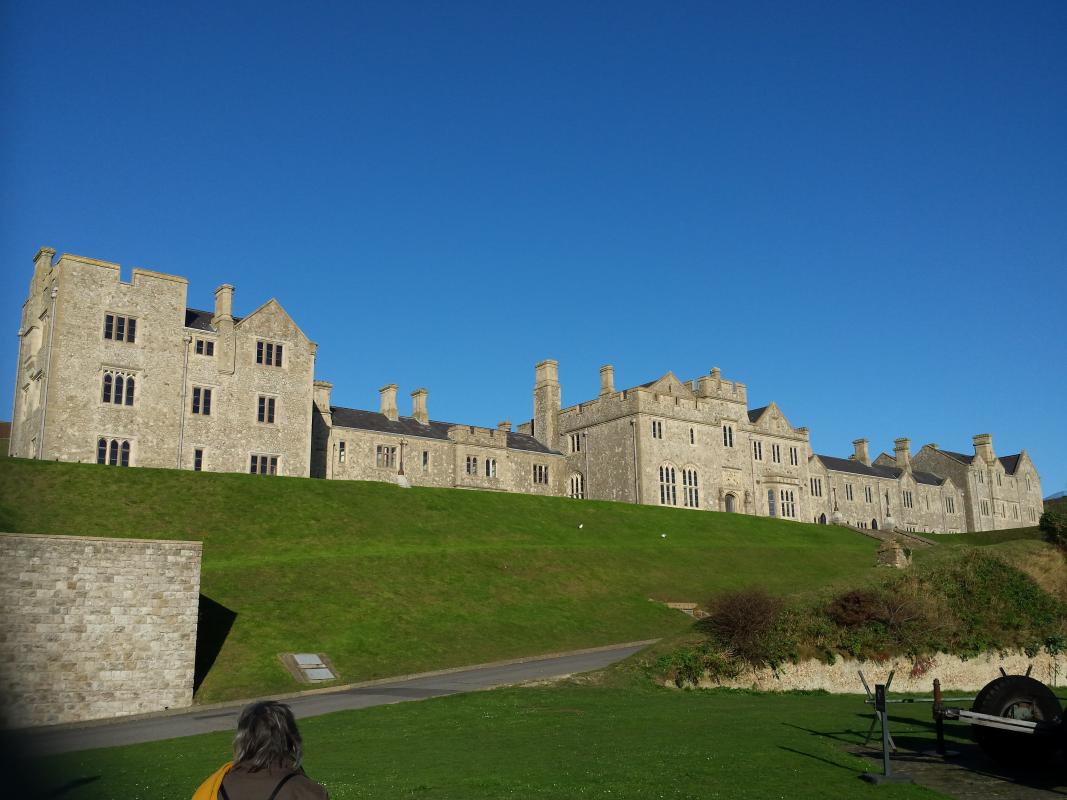



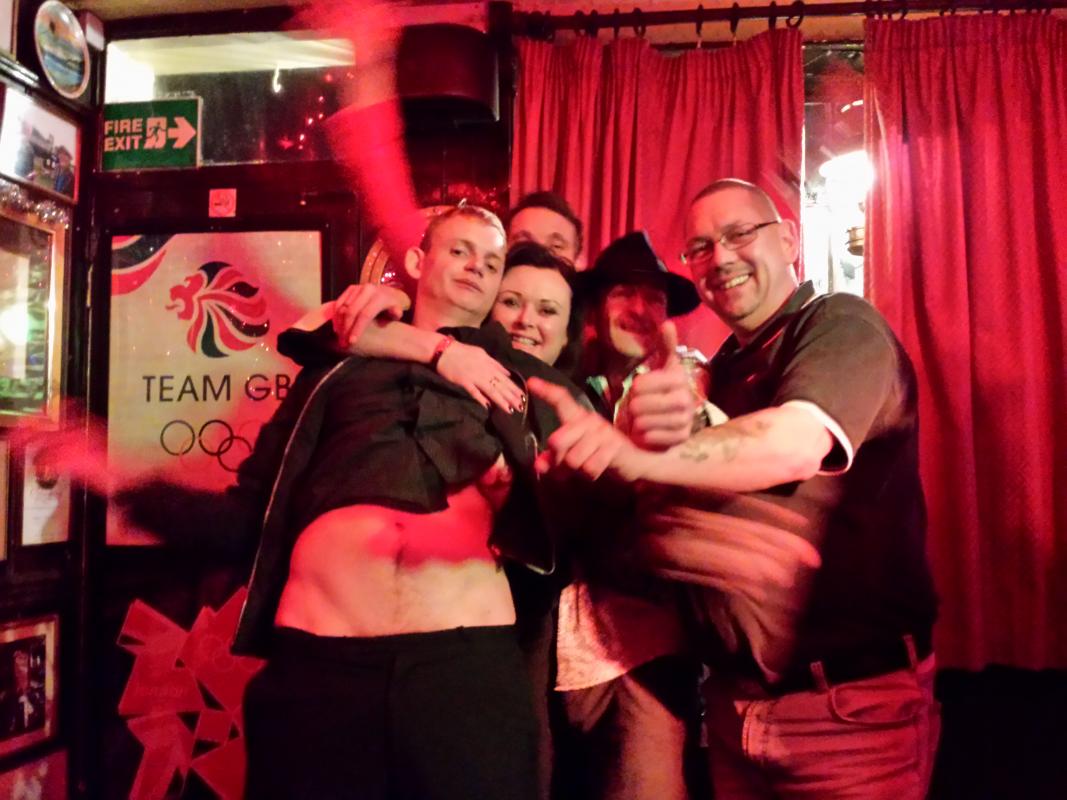
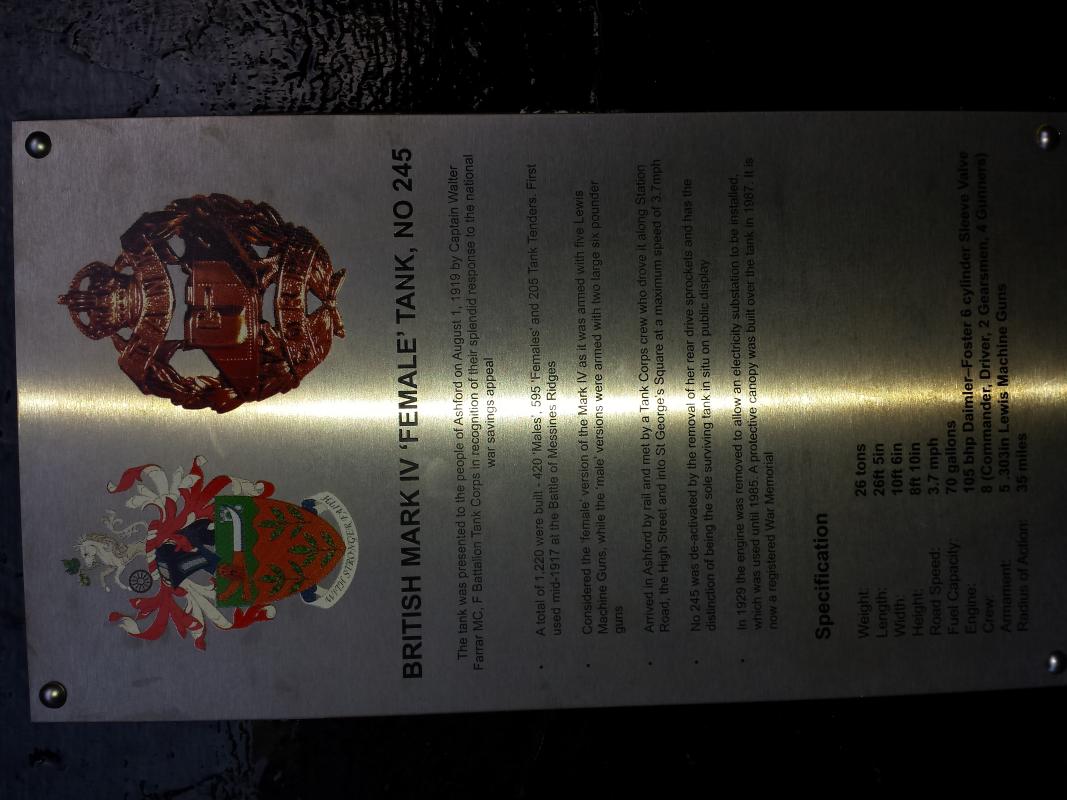 0
0 -
Hi Chris!
That is very exemplary!
In that case, I´d like to make an advance booking for that book.
 0
0 -
Kornel,
Reddemann in his book: "Geschichte der deutschen Flammenwerfertruppe" (from which I quoted in my earlier post) is contradicting Heinrici.
During most of 1915, there where no 12 companies of Flammenwerfer. Only when the III. Btl expanded to regimental size a 12th coy (and others) was (were) added.
A bataillon of Pioniere had four companies. The I. Bataillon would have coys 1 - 4. The II. Bataillon 5 - 8 and the III. Bataillon 9 - 12.
That was also correct for the III.Garde-Pionier-Bataillon before it became the Flammenwerfertruppe.
Once Reddemann established the III. Garde-Pionier Bataillon as the Flammenwerfertruppe, in the spring of 1915 the the company numbers changed from 9, 10, 11, 12 to 1, 2, 3, 4 (since there were no other Flammenwerfer companies). Therefore, in 1915 the former 12.Kompanie of the III. Garde-Pionier-Bataillon is indentical with the 4.Kompanie III. Garde-Pionier-Bataillon (Flammenwerfertruppe)
Heinrici quoted the company numbers of the III. Garde-Pionier-Bataillon like any other III. Bataillon.
Hi!
Does someone know, where I can get the book of Reddemann? A pdf would be ok too.
Thanks a lot!
0 -
Hi Chris!
The 1st photo shows a sign from the Sanitätskompanie 50. This company belonged to the 50th Inf.Div.
Unfortunately the was no unit with a 3 in that division. The men on the right seem to wear Garde-Litzen with brandenburg cuffs, don´they?
So I assume Gren.Rgt.Nr.3 (1st.Inf.Div.).
Both divisions fought together in summer 1916 near Verdun (Caillette-Wood) and in summer 1918 near Château-Thierry (Reims)
0 -
Husen. Near Paderborn. That does not fit...
0 -
Hi Chris!
The stamp with big letters (DEUTSCHE FELDPOST) and a small letter ("d") is a Württemberg one.
Above I read "L.M.G.K. II":
1) Leichte MG-Komp. II
2) Landsturm-MG-Komp. (There were 4 Kompanies of the IX.AK - but that wouldn´t fit to Württemberg)
3) Lehr-MG-Kommando (or Kursus) II?
To the unit. After the "A" I thing, there is a "g" too. So "Abtlg." could fit.
Probably the 2nd MG company of a Württemberg Sturmabteilung?
What about the adressee? Württemberg?
0 -
This item is one of my favourites. This and the others with thre 3 big 3 small "Pollen"
0 -
Hi Andy!
Of course you´re right. I was in a hurry and I didn´t have that regiment in my memory... Totaly dumb from me...

 0
0 -
Hello!
First we might know, for what G.F.R. stands... There was no Garde-Füsilier-Regiment!
Then I´m not sure with the Zähringer Löwe. Must he be from Baden ton waer it or could he came from another state?
The uniform: Air service uniform without Litzen. So we have two possibilities:
Bavarian (they didn´t had Litzen), maybe his cocarde is bavarian
Or he was transfered to the air-service, so he would have worn his old uniform but with the air-service shoulder boards.
0 -
Don´t forget the FAR 25 from Hesse
0 -
Unfortunately we couldn´t meet, because I will be there tomorrow. i hope you didn´t buy all nice items, that could be interested for me...
Maybe we can have a beer next year
0 -
Hi Matt!
Unfortunately not.The reverse is unwritten
0 -
Hi Matt!
Exzellenz v. Knoezer wore the Abzeichen für das militärische Gefolge König Wilhelms II von Württemberg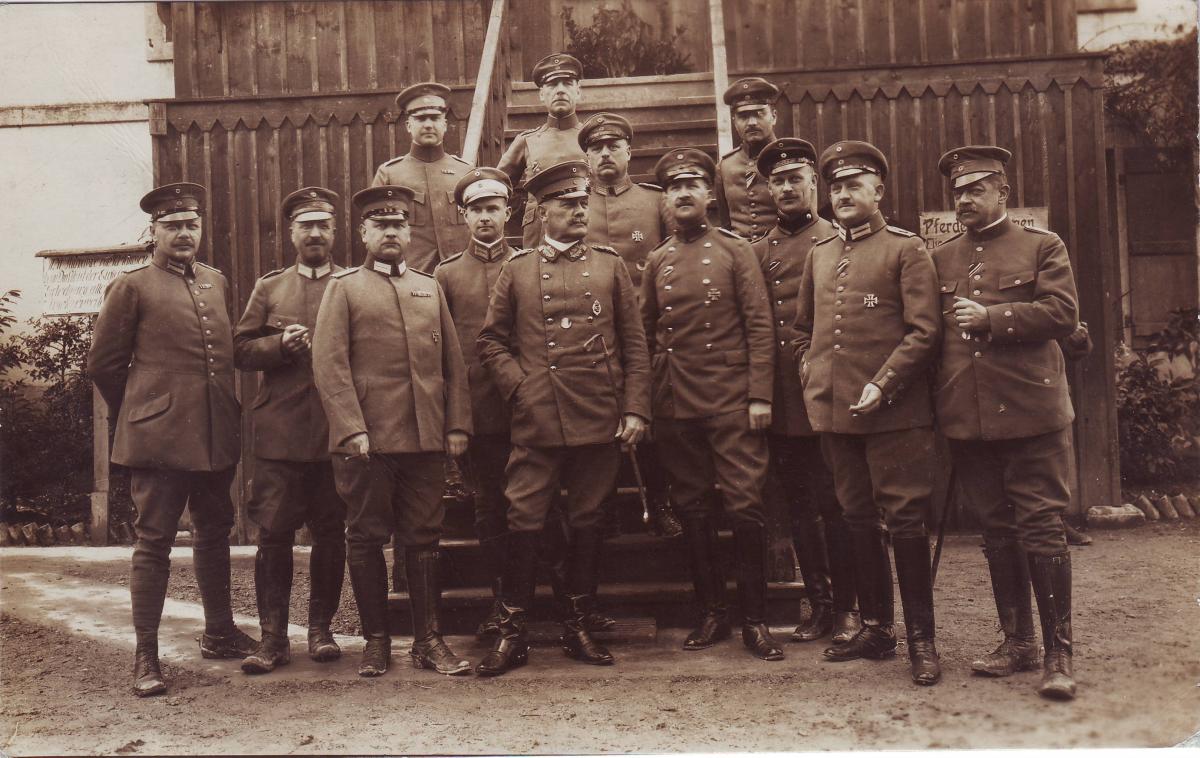
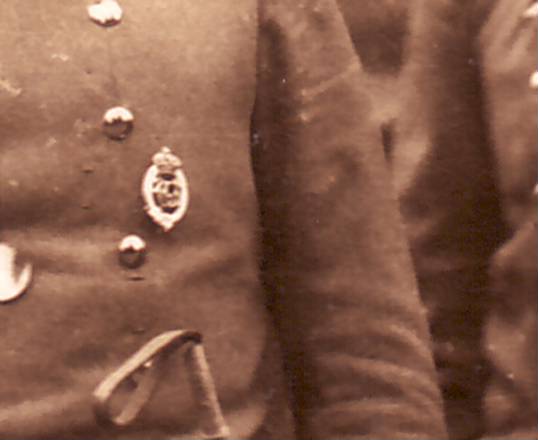 0
0 -
Hi Matt!
Here is a german link to the medal.(Attention: Translation by BING, not by myself, I was too lazy...). The attached photo is from my collection.
This award was instituted on the presentation of 1917 on the occasion of the 25th anniversary of the Government by Grand Duke Ernst Ludwig. There should be a renewed exterior decorations for the recognition of the glorious struggle and its Hesse war acts. It was intended for people who have distinguished themselves through special bravery and continuous use in front line of the battle. Conditions for the award were: the Hessian citizenship, at least 2 years belonging to units in the war zone under enemy action, one or multiple injury as well as bravery and good conduct. Derogations from these conditions were not provided for. There were different badges made, blackened iron blackened silver, iron and silver plated or painted the black parts. Centre sections made of aluminium are also available. There are also variants of non-ferrous metals known. The shown version with screw washer is very rare.A round in its basic form, stell plug badge of iron (or also non-ferrous metals) partly blackened or painted. The middle section, silver plated. Back on the cipher applied a piece of thread with screw washer. The Monogram with Crown is fixed through 2 above and below 1 rivet (with an eyelet embossed with).Front:The circular edge will seal from a black wreath formed.Centrally placed that silver in entwined Monogram - E - L.The silver Duke Crown, which is located on the laurel wreath and surmounted this sits on the - L -.Under the - L - also a curved sign with - 25-silver platedThis overlooks the black laurel wreath a little.Back:The laurel wreath (smooth) black. Center the threaded pin with screw washer.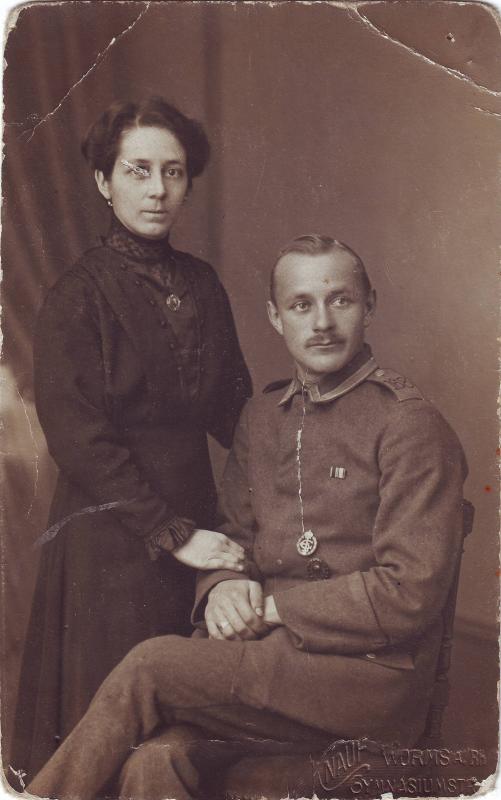 0
0 -
Don´t forget, that´s only the casualty list! Maybe there were more captains with that name!
0



Reichsarchiv unit abbreviations & units in Bapaume Aug. 1918
in Germany: Imperial: Rick (Research) Lundstrom Forum for Documentation and Photographs
Posted
The Bavarians were at Bapaume, but I thinbkj they were north of the town. I couldn´t find furhter infos, b ut because of the maps I aasume the 183rd ID could be "your" unit.
33.Res.Inf.Brig.(Inf.Rgt.184 ; Inf.Rgt.418 ; Res.Rgt.440), 4./Hus.Rgt.10, Arko 183 (Feldart.Rgt.183 and Fußart.Btl.150)